Looking at country-by-country developments;
Brazil;
In June this year, Brazil's pig iron exports stood at 247,500 tons. Exports to the US had the largest share with 207,100 tons.
At the same time, Brazil's wire rod exports increased by 58.1% in June compared to May, reaching around 25,000 tons.
USA;
In May this year, US steel exports increased by 18.9% from April to 829,184 tons. Steel exports to Canada ranked first with 374,427 tons.
In the week ended July 8, US crude steel production was around 1.71 million net tons, down by 1.7% from the previous week and slightly down by 0.6% from the same period a year earlier.
In May 2023, US exports of hot-dip galvanized steel sheet increased by 24% on a monthly basis and 18% on a 2-year basis to 135,200 tons.
At the same time, US imports of oilfield tubular products (OCTG) fell by 48% m-o-m and 14% y-o-y to around 162,000 tons in May. Imports from Canada accounted for the largest share with around 25,400 tons.
Australia;
The Australian Department of Industry, Innovation and Science announced that the spot price for iron ore fines with 62% iron content is forecast to average around USD 98 per tonne for calendar 2023, slightly below the previous forecast of USD 100 per tonne.
Mexico;
In May 2023, Mexico's rebar production stood at 331,000 tons, down by 24.3% from a year earlier. This was the biggest decline of the year.
At the same time, Mexico's wire rod production fell by 19.7% y-o-y to around 233,000 tons in May. This represents the fifth consecutive decline.
Looking at company-based developments;
The Western Australian government signed a preliminary agreement with South Korean energy company Kepco to develop a green hydrogen project in the state.
Rio Tinto and Sumitomo have agreed to build a 2.5 MW hydrogen plant at the Yarwun alumina plant in Queensland, Australia, to reduce CO2 emissions in the refining process.


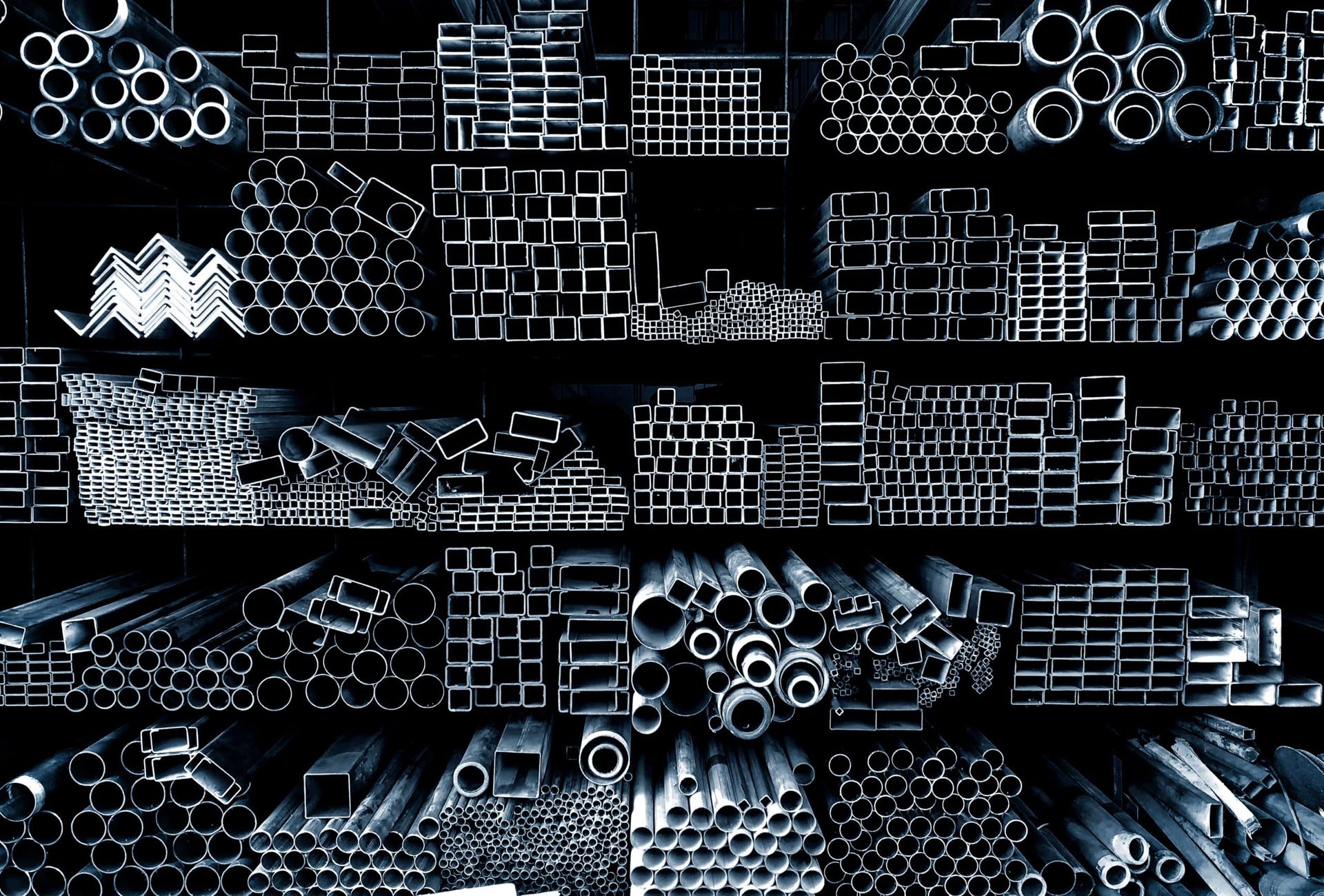
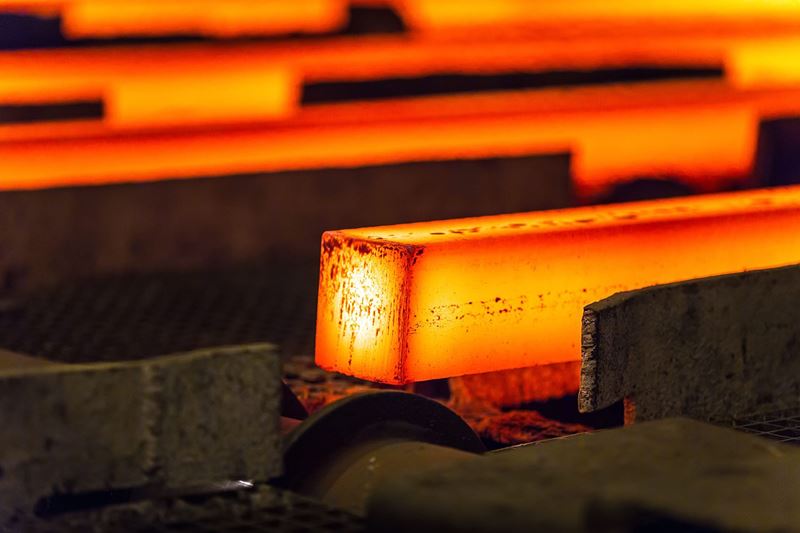
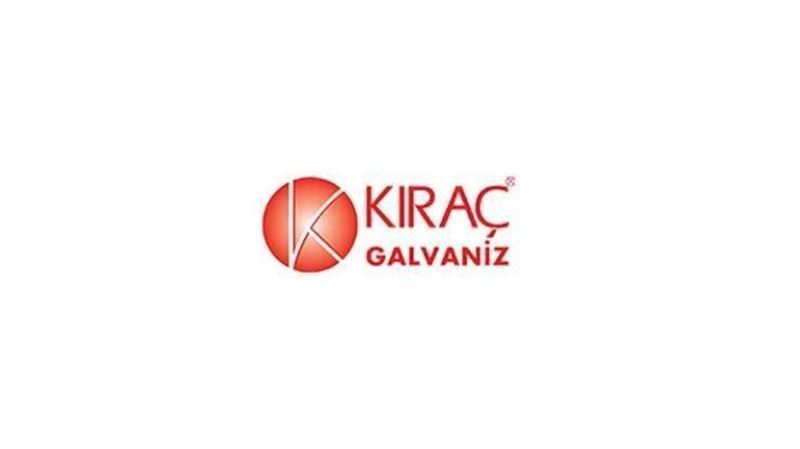
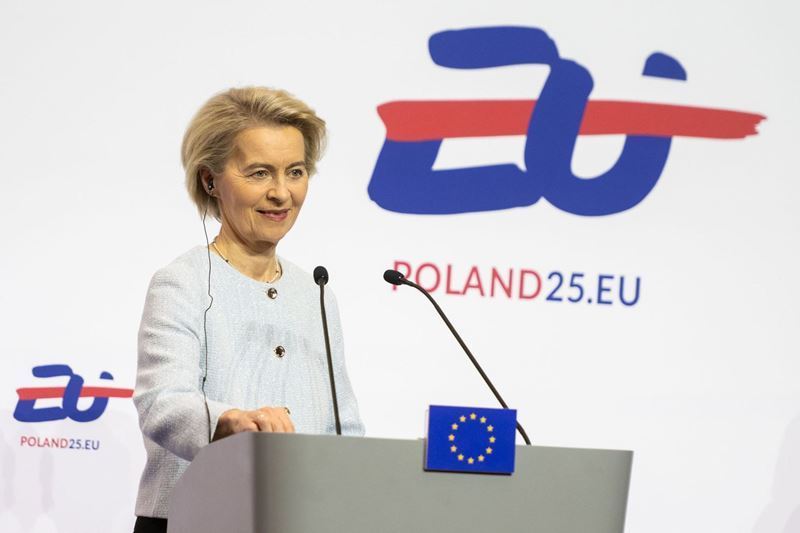
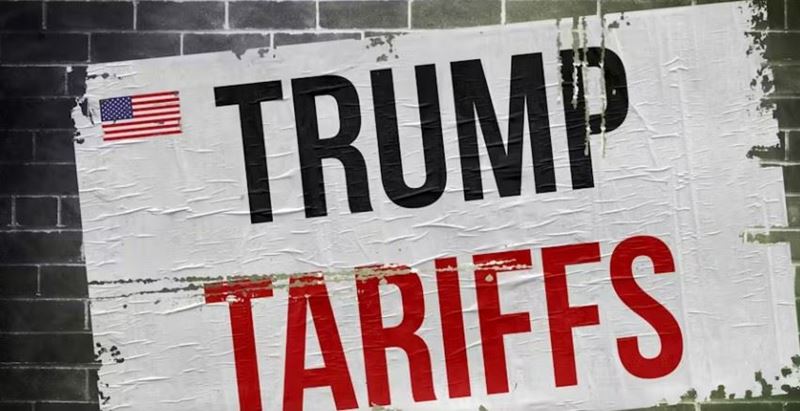
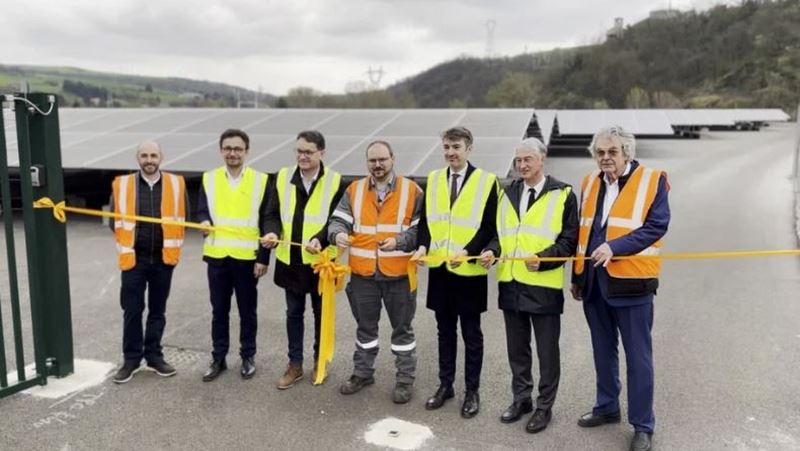

Comments
No comment yet.